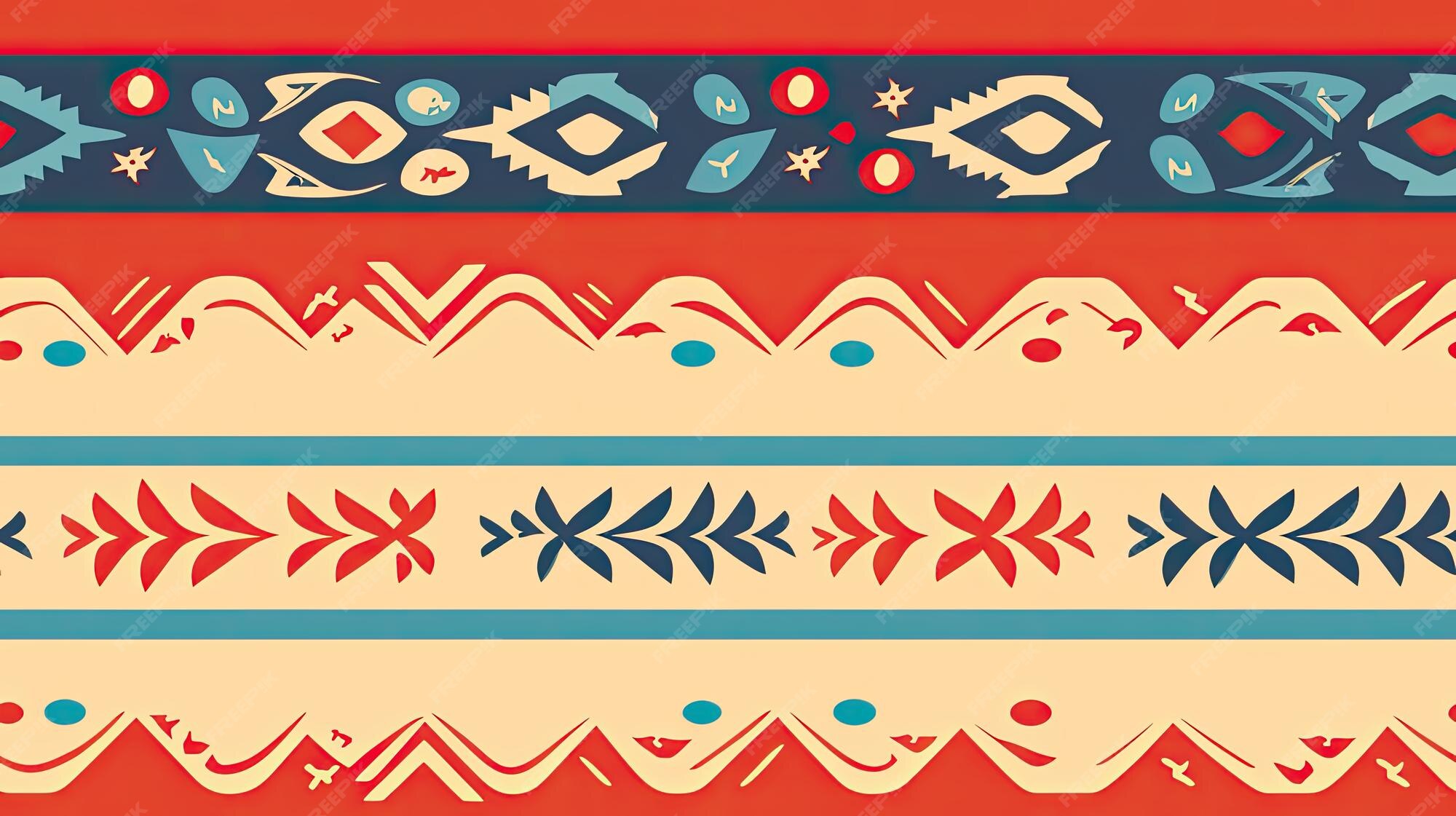Cultural banner design serves as an expressive medium that transcends mere aesthetics, illuminating the rich tapestry of traditions, histories, and identities from diverse communities. The allure of culturally themed banners lies not only in their visual appeal but also in the narratives they convey. When exploring banner design ideas that encapsulate cultural significance, one can delve into various themes that resonate with specific cultures, artistic styles, and evocative color palettes.
First, consider the concept of traditional motifs. Many cultures possess unique symbols and patterns that have been passed down through generations. These motifs, whether geometric or organic, provide an anchor for the design. For instance, Native American culture is adorned with intricate patterns that reflect nature and spirituality. Incorporating such elements can offer a sense of authenticity while simultaneously inviting viewers to explore the stories embedded within these designs.
Additionally, employing colors that hold cultural symbolism can enhance the narrative of the banner. Colors frequently communicate emotions and values; for example, red may symbolize luck and prosperity in Chinese culture, whereas blue might evoke tranquility and peace in various traditions. By integrating such color schemes thoughtfully into the banner design, one can convey deeper meaning and context, resonating with an audience that appreciates the subtleties of cultural representation.
A significant avenue for exploration stems from the use of photo-based designs. The photograph’s ability to capture raw emotion and reality allows for banners that not only represent a culture but also provoke thought and dialogue. For example, using images of traditional ceremonies, festivals, or daily life can create a profound connection between the viewer and the cultural subject matter. This approach offers an opportunity to not only showcase the aesthetics of a culture but also to tell a story, inviting the viewer into a deeper understanding of the heritage depicted.
Text also plays a pivotal role in cultural banner design. The incorporation of culturally significant phrases or proverbs can add depth to the visual experience. Carefully selected typography can enhance this impact. For instance, utilizing scripts that are native to a culture—such as Arabic calligraphy or Hindi Devanagari—can create an authentic feel. However, designers should exercise caution, ensuring that such elements are utilized respectfully and in appropriate contexts to avoid cultural appropriation.
One should also contemplate the significance of layering in design. Layered imagery, whether through translucent effects or overlapping patterns, can mirror the complexity of cultural identities. Multicultural societies often embody multiple narratives coexisting. Thus, banners that represent these layers can convey a more holistic depiction of cultural dialogues and interactions, showcasing the beauty found in diversity.
Furthermore, incorporating interactive elements into cultural banners can elevate the viewer’s engagement. With the addition of QR codes or augmented reality features, designers can direct viewers to further resources, such as cultural histories, artworks, or workshops that allow for deeper exploration of the culture represented. This transformation from a passive viewing experience to an active engagement can help cultivate respect and understanding for the culture depicted.
When considering cultural themes, the notion of modern interpretations of traditional designs is also paramount. While many banners celebrate classic aesthetics, a fresh perspective can breathe new life into cultural motifs. Modern design techniques can juxtapose traditional elements against contemporary styles, fostering a dialogue between past and present. This fusion often represents the evolution of cultural identities in today’s globalized world, providing an interesting platform for discussion and examination.
Moreover, the geographic context should inform the design choices as well. Different regions possess distinct cultural characteristics, which can be visually represented in banners. For example, a coastal community may draw inspiration from the ocean, incorporating hues of blue and green along with flowing, organic shapes. In contrast, a highland culture may feature earthy tones and bold, sharp lines inspired by the rugged landscape. Tapping into local elements ensures that the designs resonate with their intended audience.
It is essential to recognize the sustainability of materials used in producing cultural banners. Designers should consider utilizing eco-friendly fabrics and inks, promoting both cultural representation and environmental stewardship. This choice not only contributes to a positive ecological impact but also aligns with the values of many cultures that prioritize harmony with nature.
In summation, cultural banner design ideas represent a multifaceted exploration of identity and heritage, enriched by a plethora of visual and textual elements. From traditional motifs anchored in history to modern interpretations that speak to contemporary experiences, the possibilities are abundant. By thoughtfully integrating symbols, colors, photography, typography, layering, and interactive features, designers can create banners that are not only visually captivating but also serve as conduits for storytelling and cultural appreciation. Engaging with the local context and materials furthers the narrative, allowing these works to reflect the beauty and complexity of the cultures they represent. In this way, cultural banners can become powerful vehicles for promoting understanding and celebrating the rich diversity that characterizes our global society.
